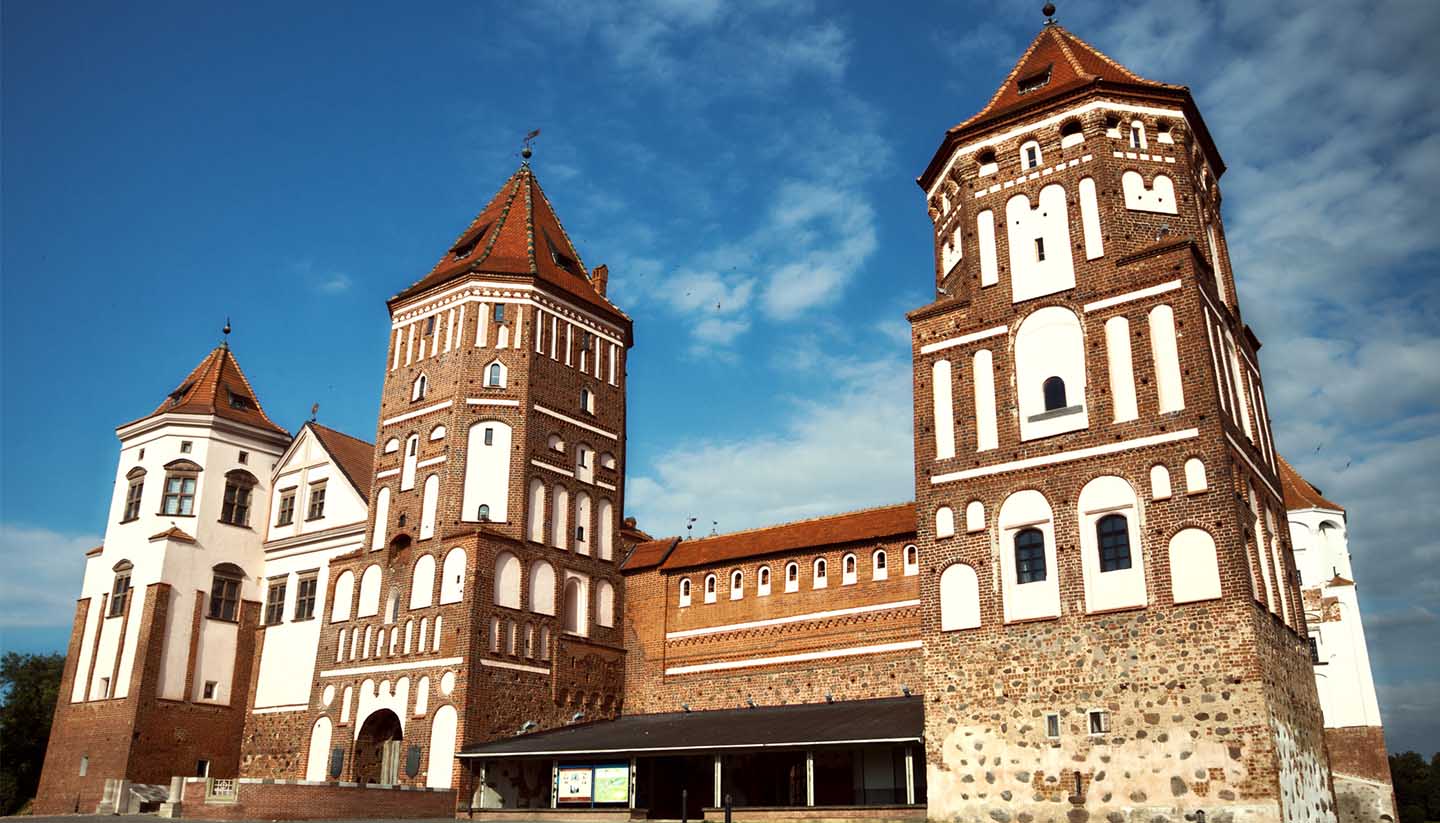Belarus History, Language and Culture
History of Belarus
The territory now known as Belarus emerged during the 9th to 12th centuries, having been colonized by the Slavs. Known as 'Kievan Rus', this territory was broken up in the 13th century following the expansion of Lithuania and then Poland and became what was 'Rzecz Pospolita'.
From the mid 16th to late 18th centuries this territory experienced a tumultuous geopolitical struggle, being drawn into two separate wars with Russia and countries within Europe. In 1772 the western part of Belarus became a part of the Russian empire, with attempts at Russification and suppression of Belarusian national identity following soon after.
Belarus remained a Russian territory throughout the 19th and early 20th centuries. During this period a blossoming of nationalism was seen and the economy improved as a result of industrialisation, and while a brief period of independence existed when the Belarusian People's Republic declared independence on March 1918, it was short-lived as the Red Army soon took control after the 1917 Russian Revolution - by January 1, 1919, the Belarusian Soviet Socialist Republic was created.
In 1922 Belarus became a part of the Union of Soviet Socialist Republics, and remained so until WWII when German occupied Belarus in September 1941. The war saw even more suffering in Belarus as it found itself on the front line and was the location for many battles and the country became a Soviet stronghold once again in 1945.
In April 1986, the Chernobyl nuclear disaster left a quarter of Belarus contaminated, the effects of which are still being felt to this day.
Independence was claimed in 1991, and on 19 September 1991 the state was renamed the Republic of Belarus. The dissolution of the Soviet Union was announced shortly afterwards and Belarus introduced a new constitution in 1994.
Since then, Alexander Lukashenko has ruled Belarus with an authoritarian iron fist, earning it the dubious honour of being widely viewed as Europe's last dictatorship.
Did you know?
• The national dish is draniki, potato pancakes made with flour and egg, topped with savoury or sweet condiments.
• Pioneering modernist artist Marc Chagall was born in Belarus in 1887.
• Belovezhskaya Pushcha is said to be the largest ancient forest in Europe.
Belarus Culture
Religion in Belarus
Belarus' religious landscape is dominated by Christians, primarily adherents of the Orthodox faith estimated to be around 50%. Around 7% of people are Roman Catholic, while Jewish and Muslim communities are much smaller. 40% of Belarusian nationals are said to be irreligious (atheist or agnostic).
Social Conventions in Belarus
If meeting a stranger, shaking hands is the usual form of greeting. Hospitality is part of the tradition and people are welcoming and friendly, although Belarusians are also known for their brusqueness. If you are invited to someone's house, be sure to bring a small token as a gift. The same goes for power lunches - company gifts are well-received. Avoid taking photographs of military or government installations. Belarus is quite a conservative society, and homosexuality and homosexual activity was only decriminalised in 1994 - while not illegal, it is kept very low-key so as not to invite unwanted attention.
Language in Belarus
The official languages are Belarusian and Russian. Other languages spoken in the country include Ukrainian and Polish.


